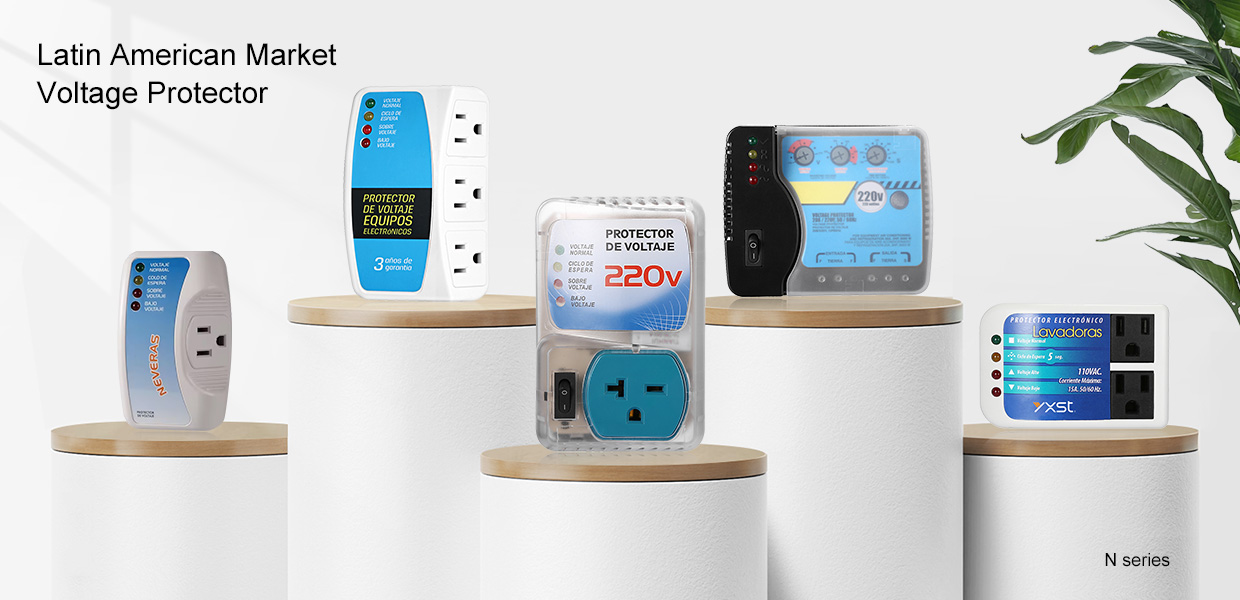Surge protectors are devices designed to protect electrical devices from voltage spikes, surges, and fluctuations. They do not have a direct relationship with voltage conversion or dual voltage capability.
A surge protector’s primary function is to limit the voltage supplied to an electric device by either blocking or shorting to ground any unwanted voltages above a safe threshold. This helps prevent damage to the connected devices in the event of a power surge.

For devices that require dual voltage compatibility, such as some electronic devices that can operate on both 110-120V and 220-240V systems, a surge protector alone cannot provide the voltage conversion function. In such cases, you would need to use a voltage converter or a power adapter with voltage conversion capabilities in addition to a surge protector to ensure the proper voltage supply to your devices.
Therefore, surge protectors are not specifically designed for dual voltage operation, but they are an essential component for protecting your electronic devices from power spikes and surges.
What does dual voltage surge protector mean?
Dual voltage surge protector is also known as a secondary surge protector.
Definition and use:Dual voltage surge protector, also known as secondary surge protector (Type 2 SPD), is a type of surge protection device, mainly used in low voltage power distribution systems to protect the power distribution system inside buildings from damage caused by lightning-induced current and operating overvoltage.
Working principle:Its working principle is to quickly conduct through the internal nonlinear element when the voltage exceeds the limit value, convert the overvoltage into the current, and discharge it to the ground, thereby limiting the voltage peak at the device end and protecting the device from damage.
Installation location:Usually installed in the distribution cabinet, it is used for further protection of the power distribution system, ensuring that the equipment can operate normally when it is hit by a surge, and improving the service life of the equipment and the reliability of the system.
Can I use a US surge protector in Europe?
The standard household voltage in most European countries is 220V-240V, while the standard household voltage in the United States is 110/120V. Therefore, a US surge protector may not be suitable for the European voltage range unless it is designed as dual voltage or has wide voltage range adaptability.
How do I know if my power socket is dual voltage?
To know if the power socket is dual voltage, you can use the following methods to determine:
Measure with a multimeter:Adjust the multimeter to the highest AC ACV level, insert the red and black test leads into the corresponding sockets, and then measure the voltage of the socket. If two different voltage values such as 220V or 380V are displayed (depending on the specific power supply situation), it may be a dual voltage socket.
Check the socket structure:Some dual voltage sockets are different in structure and may contain additional terminals or logos, which can be determined by observing the appearance and structure of the socket.
Use a power detector:Install a power detector on the socket to intuitively know the voltage of the socket, including whether it is positive or negative, two-pole or single-pole, and three-phase or single-phase.
Please note that before performing any electrical operations, you must ensure safety to avoid the risk of electric shock.




